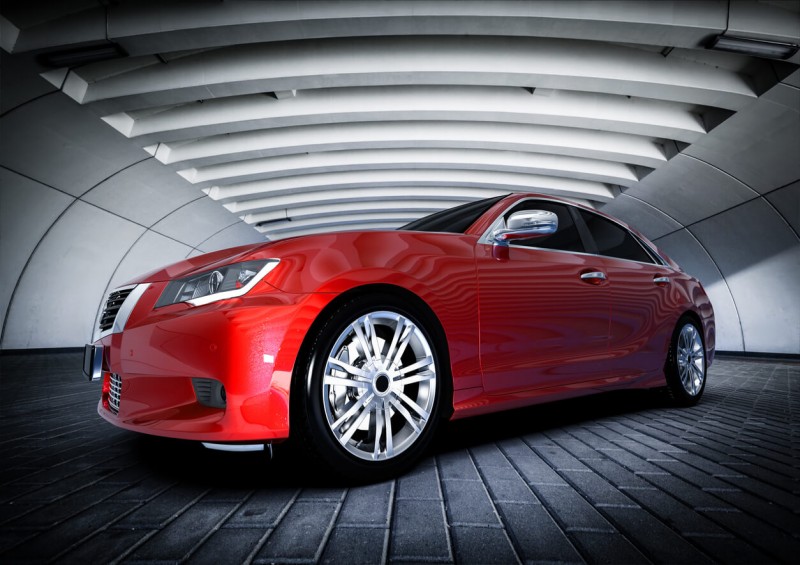Leasing a car for Newbies

Sitting behind the wheel of a brand-new car is a completely mesmerising experience. We all try to pretend to ourselves that we are not driven by consumer need and that material value isn’t something that we really hold high-up in the face of more spiritual matters such as the enjoyment of family life or helping those less fortunate – but the truth is, sometimes there’s nothing wrong with luxury.
Without a doubt, driving away a brand-new car is a wonderful moment. But cars are expensive things and for most of us, the idea that we can afford one straight out of the showroom is pure dreaming.
Enter the world of car leasing.
What is car leasing?
Car finance is a confusing place for anyone who is coming into fresh. Acronyms like PCP and BCH are thrown around like IT professionals at a Linux convention, but once you get a basic understanding, it all becomes clear.
Purchase finance vs. leasing
There are two main types of purchase finance – deals where at the end of it you own the car. These are Personal Contract Purchase and Hire Purchase – PCP and HP respectively.
The technical difference is minor – with both you take out a long-term contract with a finance company, pay a largeish initial amount, are subject to monthly repayments of the loan, and end the term with a final large payment (often called a balloon payment due to its size) and drive away the proud owner of the car.
That minor technical difference is one of options. With an HP agreement, you are locked in to buying the car at the end. You’ll pay more during the term, but the end balloon payment will be less and the overall cost of the car considering interest will be less too, often substantially so. There are also no limits on mileage, so you can drive as much as you like without incurring penalties.
A PCP agreement is one where for the terms of the contract you are really paying the depreciation only. At the end you are left with three options – to pay the balloon payment and own the car in full, to give the car back, or to hope the market value of the car exceeds the value of the balloon payment (which it often does) and use that difference to help finance a new car.
Not needing to make a decision on those options until the end of the term coupled with the smaller monthly payments is often enough of a draw for people to choose PCP over HP despite the potential for a costlier car.
Leasing is the third option and occurs as a personal lease (PCH or Personal Contract Hire) or business version (BCH or Business Contract Hire). Assuming you don’t own a business and aren’t about to calculate its offset vs. tax, you will be looking at a PCH.
Like PCP, PCH consists of an initial deposit (typically equivalent to three monthly payments) plus a lower monthly sum. Unlike PCP, leasing means making that decision early on that once the term is up you give up on the car but that also give you the option to start a whole new lease with another shining new car!
In simple terms, leasing should be seen as a long-term hire contract, where HP is a loan to buy a car and PCP is somewhat equivalent to a mobile phone contract with upgrade option.
Why lease rather than use a flexible PCP deal?
The flexibility of a personal contract purchase does seem to be a fantastic option (and in truth, it can be), but you pay for that flexibility. With a PCH lease, you will suddenly find the range of cars available to you expands to include many that you will have believed are just well beyond your range.
Chunky Mercedes pickup trucks, impressive Audi sports vehicles, even a massive 9-seater van for those with large families – all are suddenly within your grasp rather than settling with a basic Ford or Kia (not that there’s anything wrong with those options either).
Of course, the exciting idea of driving something that would be an impossible stretch to buy is not the only benefit with leasing. The other main factor that marks leasing as a positive experience is that of budgeting. With leasing you know exactly how much your car is going to cost you each month, and with an optional maintenance package, you can have a precise budget that never changes.
Anyone who has owned a car with problems can immediately understand how incredible that is:
-
No sudden bills for a broken clutch or driver-side CV joint.
-
No saving up for a service or MOT.
-
No MOT at all. (Cars under three-years old are exempt from MOT, and a three-year lease on a new car means you are never driving a car over three-years old!)
-
No timing belt worries.
-
No tyre replacement costs.
-
No ignoring faults and hoping they’ll go away!
While owing a car can mean that some months the outgoings are low – merely the monthly finance payment, insurance and fuel, there can be some months where you need to suddenly find thousands for an issue you didn’t anticipate. Leasing a car is completely comfortable and dispenses with all those worries.
What about the disadvantages of car leasing?
There are always some, sad to say. Leasing a car means that you need to return it in a good condition or suffer some potentially high fees for damage, and there is also a mileage cap which may not affect most people but can be a hindrance for anyone who does an above average amount of driving. That said – the penalty for excess mileage is often quite low and it is usually better to not worry about it and enjoy the driving! Of course, always check the terms of your contract in advance!
